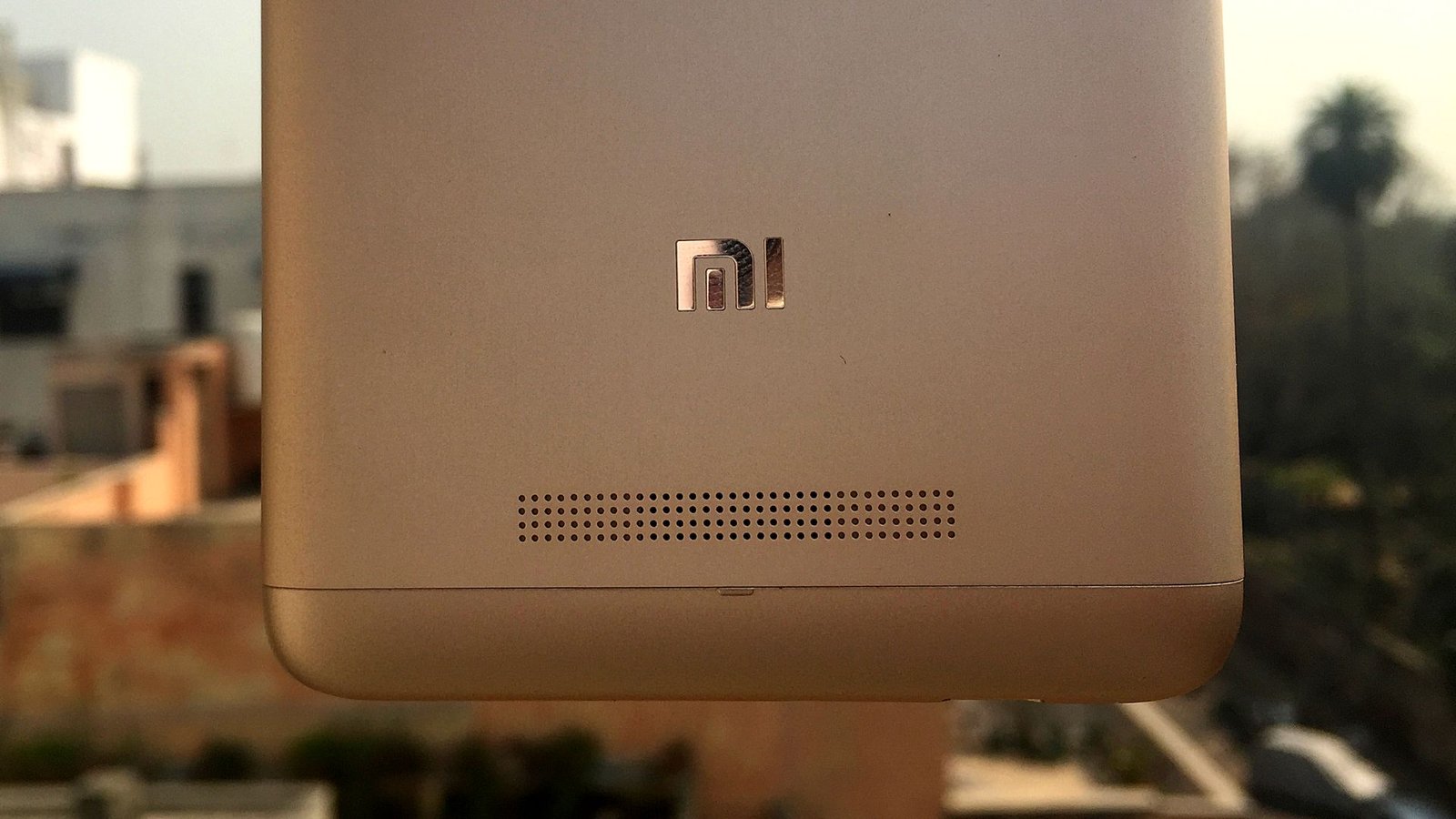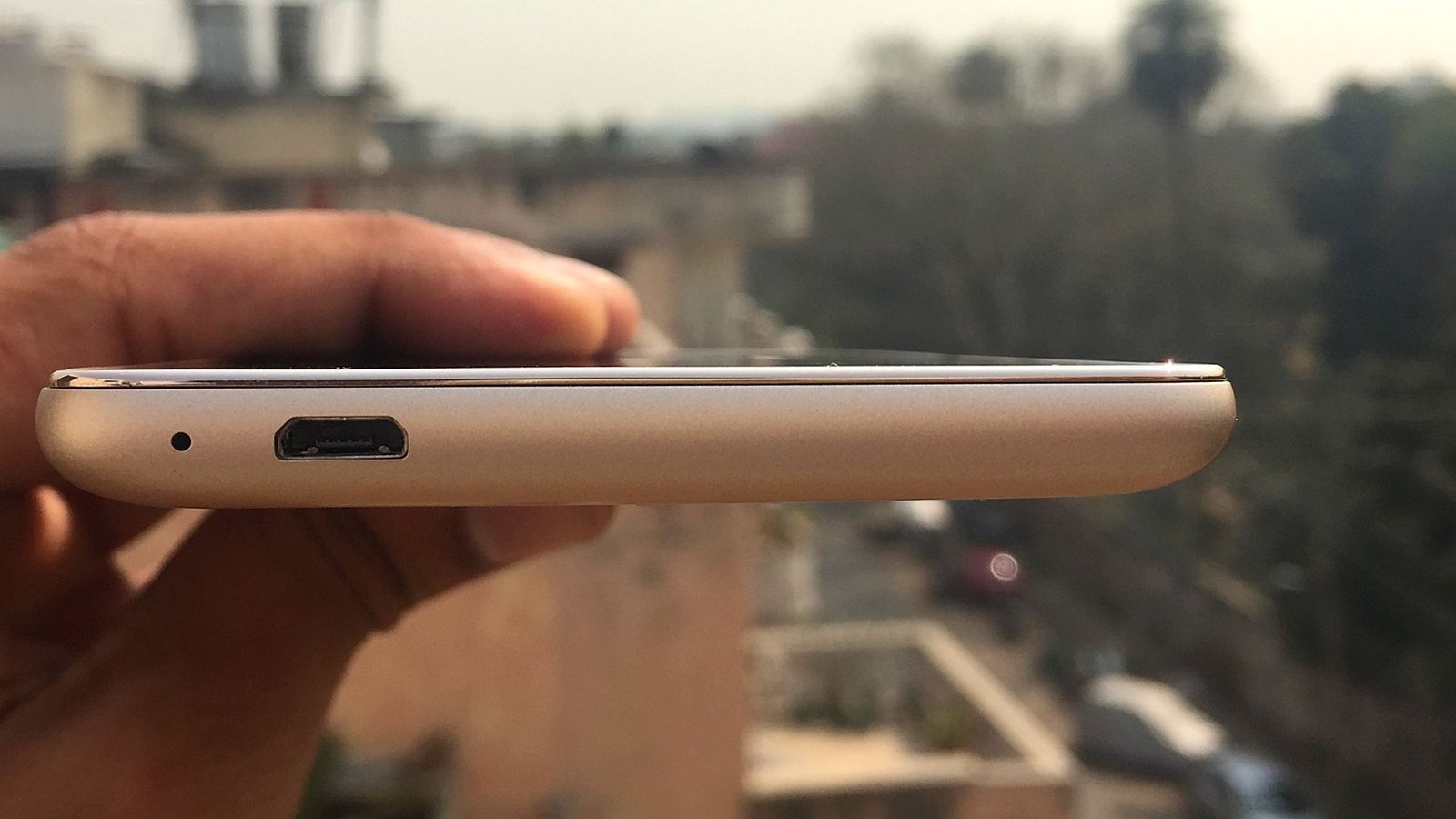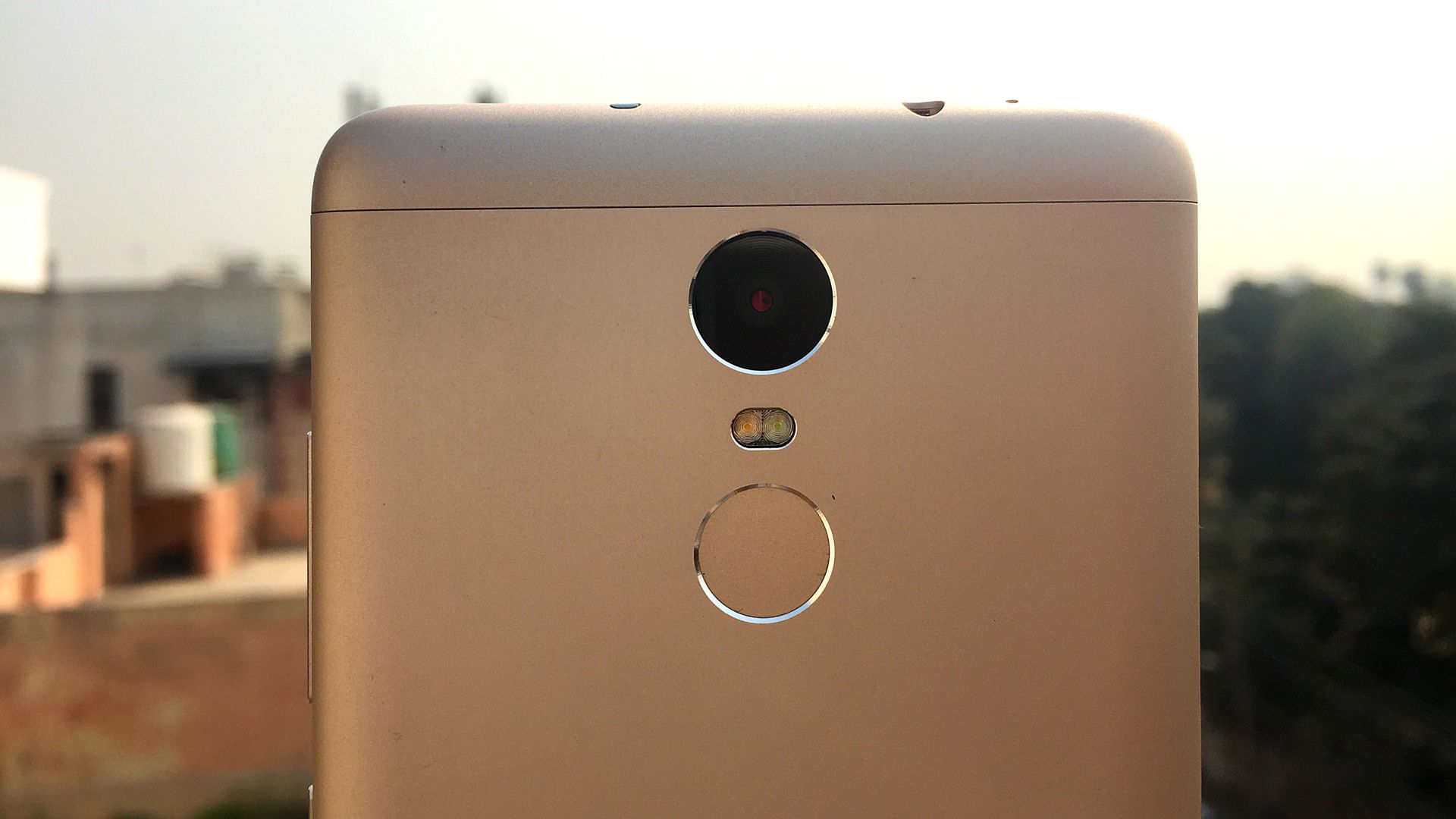Xiaomi has entered the game in the budget segment again with the announcement of the Redmi Note 3 in India. The Chinese conglomerate is famous for producing handsets with top of the line specs that will not lighten your pocket much!
The first flash sale was on March 9 followed by a handful of flash sales on Amazon and on the official Mi site. The handset comes in two variants – the pricier and beefed up 32GB internal with 3GB of RAM or the lower priced one with 16GB internal paired with 2Gbs of RAM! The 3GB variant sells for Rs 11,999 and the 16GB for 9,999.
I have bought the 16GB variant handset (this is a retail unit not a review unit) via the first flash sales on Amazon and I have been using the phone for almost a month! This is my take on the Xiaomi Redmi Note 3 (16GB ROM, 2GB RAM variant).
Design & Build
The phone is a beautifully crafted piece of hardware. Though the phone is a large one, the in-hand feel is quite good!
Going all metal is the new trend. All metal body is a trend seen in high end handsets and mid range phones. Xiaomi bring it to a budget phone! The phone has an all metal build with plastic portions at the top and bottom to enable signal reception. The edges are rounded off and the slightly rounded contour on the side allows for a firm grip and good in-hand feel.
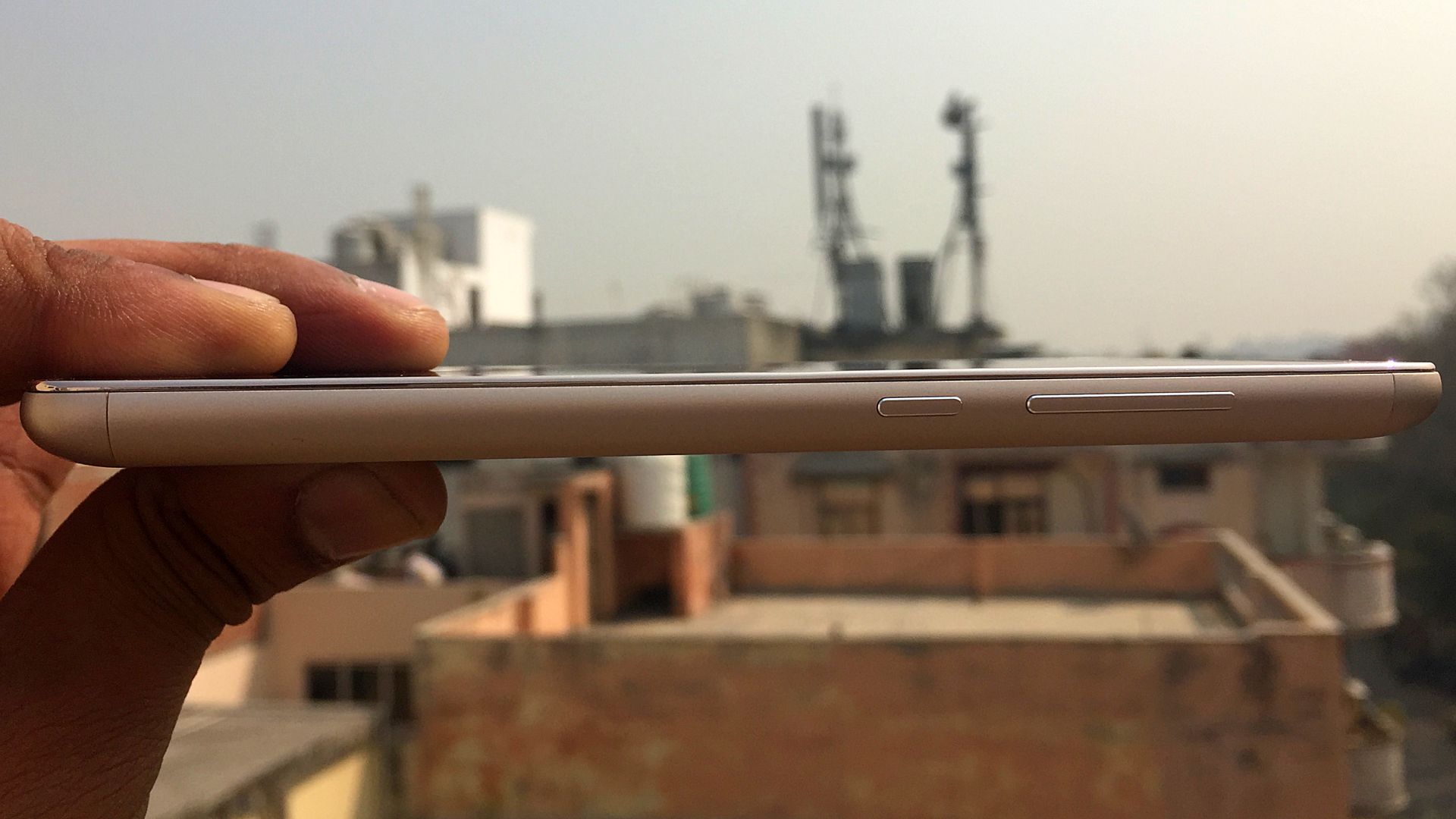
The volume rockers and the power button are present on the right hand side of the phone and on the left is the slot which houses the hybrid sim tray.
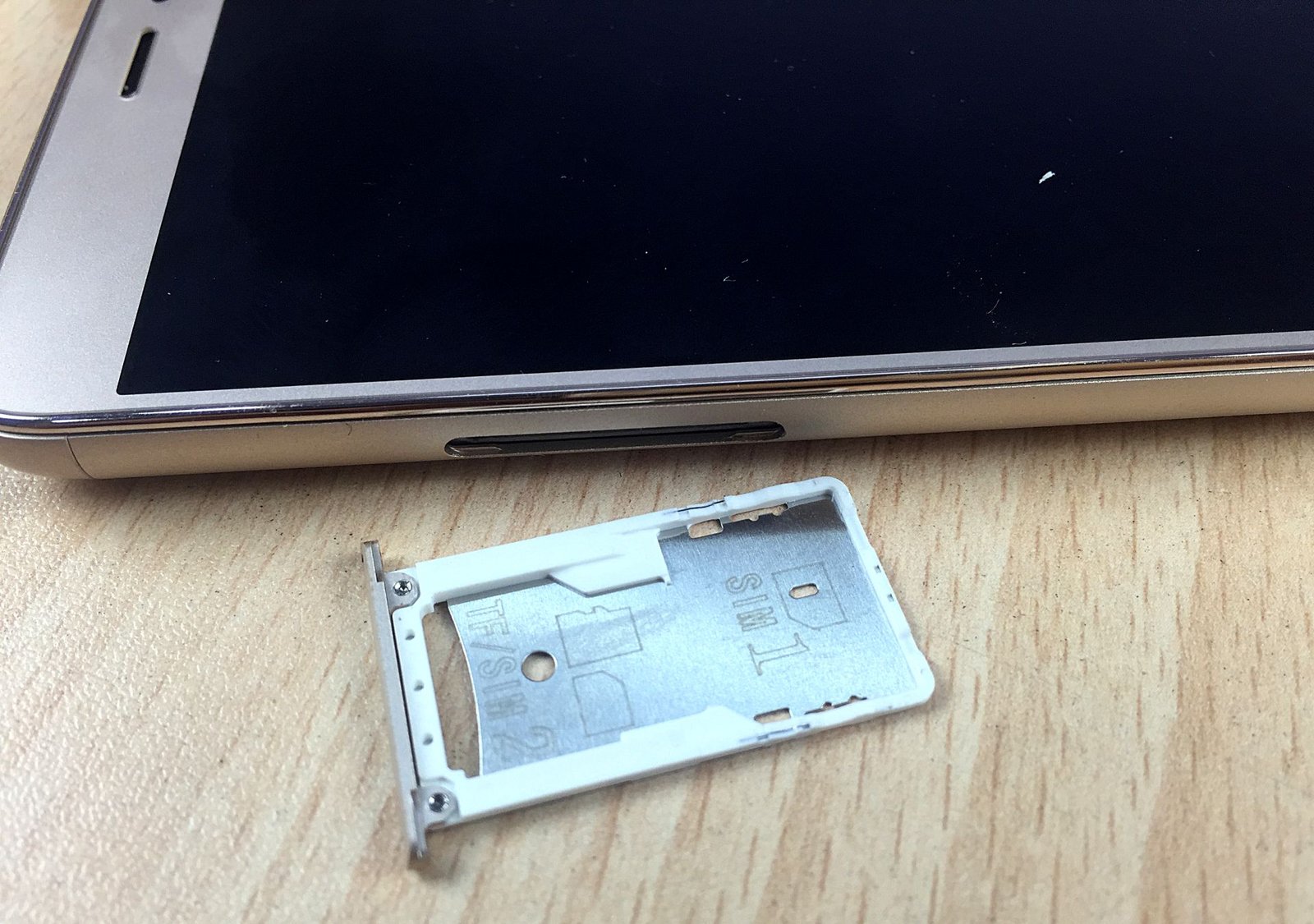
The power button is placed below the volume keys near the middle part of the device therefore making it easy for the user to lock or unlock the handset. The sim tray has a slot for a micro sim as the primary sim and a second hybrid sim slot. In the hybrid sim slot a nano sim can be used or a micro SD card upto 32GB storage. To remove the sim tray one needs to use the sim ejector tool provided in the box.

In the front of the phone, there is a 5 megapixel secondary camera along beside the earpiece grill along with a proximity sensor. A notification LED is present at the top along the same line as the earpiece grill and the colour of the LED can be customized for different notifications! The screen is a 5.5inch full HD display with three backlit capacitive buttons below it!
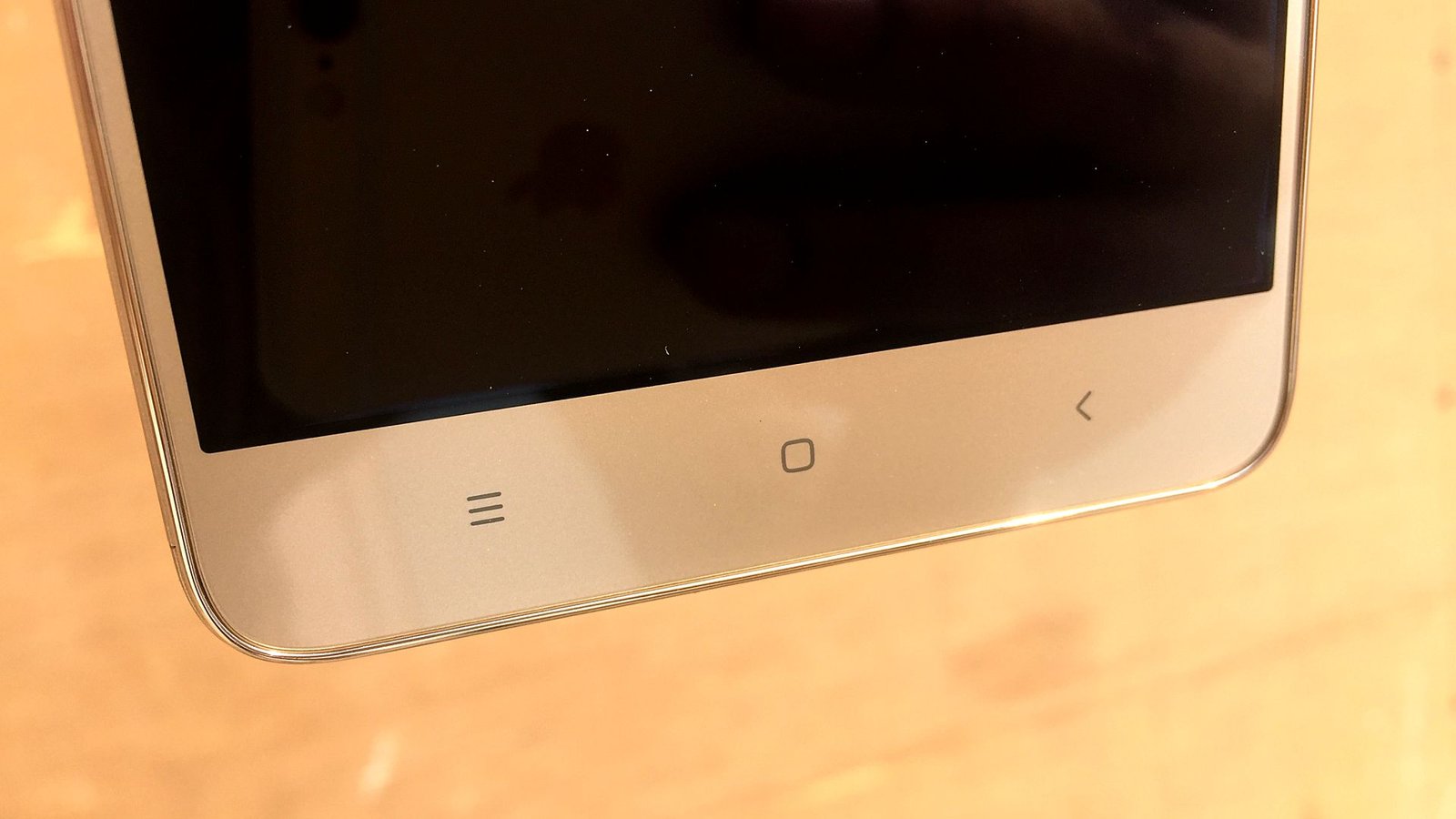
At the top there is a 3.5mm headphone jack and an IR blaster. At the bottom there is a micro-USB on the left edge. The age old micro-USB not the Type-C, but after all it’s a budget phone.
At the back there is the 16 megapixel primary camera with a dual tone dual LED flash and a circular Fingerprint Sensor below it. Near the bottom of the device there is the speaker grill.
Display: 5.5-inch IPS 1080p FHD
The screen is a 5.5inch full HD display with good colour reproduction and the sunlight readability is great. Xiaomi claims this phone features the Sunlight Display seen before on the Mi4i. But the phablet lacks a ‘Gorilla Glass’ protection. The company claims that the protection is similar to what Corning provides.
The viewing angles are good and the 5.5 inch Full HD display (1920 x 1080) has a pixel density of 403 ppi. Thus the device is great for multimedia and reading. It even has a dedicated Read Mode!
Performance: Qualcomm Snapdragon 650, Adreno 510, 2GB RAM
The handset is powered by the Qualcomm Snapdragon 650. It is a hexa-core processor with two more powerful Cortex-A72 cores clocked at 1.8GHz. The other four cores are Cortex-A53s running at 1.4GHz.
Although the SoC is manufactured using the old 28nm fabrication process, the GPU is the new Adreno 510, which is one stop lower than the state of the art Adreno 530 present in the flagship Snapdragon 820 chipset.
The hexacore processor is coupled with 2GB of RAM and 16gigs of internal storage or 3gigs of RAM with 32GB of storage.
Although there is a huge difference between the results of synthetic benchmarks and real world usage, the benchmarks give us a faint idea of what the hardware is capable of. AnTuTu and GeekBench scores after 3 weeks of usage is pretty good. The scores competes with the top chipsets of last year like the Snapdragon 810 and the Snapdragon 808 present in the Nexus 6P and the Moto X style respectively.
Multitasking is a breeze on this handset. The MIUI ROM has been tuned perfectly for a smooth user experience. The GPU is a beast and can easily handle popular games like Temple Run 2, Asphalt 8 in the highest graphics settings. Even Modern Combat 5 and Nova 3 can be played without any hitches. There is no overheating of the phone even after 30 minutes of gaming.
Software: Android 5.1-based MIUI 7
The phone runs Xiaomi’s custom ROM MIUI 7 based on Android Lollipop 5.1 and has tons of additional features built-in. It’s quite different in looks from vanilla Android present in Nexus devices, like there is an absence of an app drawer. The ROM has Xiaomi’s services built-in like Mi Cloud. There is also an app permission system as well as cache cleaner and security app built in.
Although it is a bit disappointing that the device did not launch with Android Marshmallow, the company assures that Android 6.0 update is just around the corner. One can hide folders in the gallery or even set a child lock to limit the visibility to certain apps. The beta build of the ROM allows the users to lock individual apps using the fingerprint sensor and will come to the stable ROM in a short span of time.
Opera Max powered Data saver helps to save valuable data while browsing and watching videos on YouTube. The famous Read Mode present in iOS 9.3 is also present in the ROM. MIUI 7 also features a Battery Saver with lots of options like scheduling Battery Profiles according to the time of the day.
Camera: 16MP Primary and 5MP Front
The primary camera features a 16 megapixel sensor with f/2.0 aperture and PDAF (Phase Detection Autofocus). There is a dual tone dual LED flash. On the front is a 5 megapixel camera without a flash.
The camera app is pretty loaded. There are many features like Panorama, Fish-eye and Also the Beauty Face! The ability to apply filters in the camera itself is a great addition. The shutter clicks register very fast in the normal mode but there is bit of a lag in the HDR mode.
The quality of the photographs taken on the Redmi Note 3 disappoints me. The primary camera samples are grainy and it is not sharp. While the pictures taken in outdoor light is passable, the camera struggles in indoor lighting and fails terribly in low light conditions.
Battery: 4050mAh
The Best thing about the Redmi Note 3 according to me is the battery! The massive non-removable 4050 mAh battery can power the phone for almost two days with 3-4 hours of screen on-time per day. Being a heavy user, the phone serves my purpose pretty well! Hats off to Xiaomi, for incorporating a huge ‘juice-box’ inside the phone without messing with the ergonomics.
The phone takes about an hour to reach the halfway mark from 1% battery life and about two and half hours to be fully charged using the 10W charger that is supplied in the box.
The Battery Saver is a great addition with different modes and the ability to enable the modes according to the battery percentage or the time of the day.
Sound Performance: Speaker and Earphones
The speaker grill is situated at the back of the device. The sound quality is good and clear and it does not distort at high volumes.
Being a music fan, I enjoy listening to music on this handset. There is a option to enhance earphone sound quality based on the type of earphone used. The sound quality in crisp, clear and the experience is enjoyable.
Connectivity Features
The device is a dual SIM device with second slot being a hybrid sim slot. The primary slot accepts a micro SIM while the second slot requires a nano one. It is one of the selected sub 13k phones which support all LTE bands (both TD and FD) and even supports VoLTE.
The device supports dual-band Wi-Fi, Bluetooth 4.1, USB OTG, GLONASS and Miracast but it lacks NFC. There is micro USB for wired connectivity.
Additional Feature – Fingerprint Sensor
The incorporation of fingerprint sensors is the new trend. The fingerprint sensor present on the Xiaomi Redmi Note 3 is a great sensor with a response time of about 0.3s. It hasn’t failed once in my three weeks of usage. Just placing the finger on the sensor unlocks the phone.
In-The-Box
- Xiaomi Redmi Note 3 Phone Unit (Golden)
- Literature package which includes quick-start guide and user guide
- A SIM ejector tool
- A 10W USB Wall Socket Charger
- MicroUSB cable
Price & Availability
For the time being, the Redmi Note 3 is available only via Flash Sales on Amazon and Mi.com/in. The 2GB RAM, 16GB storage sells for Rs. 9,999 whereas the 3GB/32GB edition sells for Rs. 11,999.
Pros
- Good build quality
- Best battery life
- Good value for money
Cons
- Limited external storage (only 32 GB)
- Camera could have been better
The Verdict
If you buy the Redmi Note 3 it’s a bang for the buck. It is competitively priced and comes with near flagship specs. If you can compromise with the subpar camera then you should definitely buy one from the next flash sale.
Thanks to awesome folks at Gadgets To Use for sharing the device!

